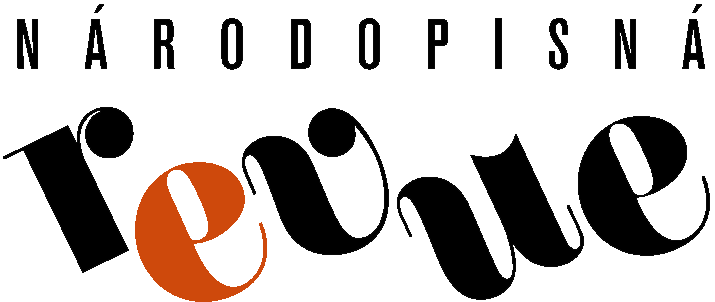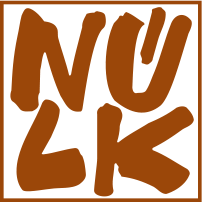Journal of Ethnology 2/2010 pays attention mainly to returns and rehabilitation of traditional construction materials and building techniques in the life-style of today. Václav Michalička contemplates about the meaning of revitalization, its final appearances, and their functions (Some aspects of revitalization in traditional techniques in folk architecture). In these connections, Alena Dunajová and Ivana Žabičková reveal the issue of clay (Revitalization of clay houses at the turn of the millennium), Marie Baďuříková deals with wood as basic construction material, especially in country regions (Timbered buildings: tradition and today). Martin Šimša submits the contribution aimed at statistics and writing about use of fireplaces, wood stoves and masonry stoves in the contemporary system of heating (Local heating – new returns of old themes).
Stopping with Photos submits the photos by K. O. Hrubý (1916–1998) documenting the production of unburnt clay bricks in South East Moravia. Transferring Traditions column publishes the contributions Roots of folklorism and its present importance (Josef Jančář) and Transformations of folk songs (Marta Toncrová). The interview is held with ethnologist Jan Krist (*1950). Social Chronicle mentions other two anniversaries: choreographer Jiřina Mlíkovská (*1925) and musicologist Bruno Nettl (*1930). The obituary note remembers the personality of writer Helena Lisická (1930–2009). Other regular columns include the information on conferences, exhibitions and publisher’s and other professional activities.
Some aspects in revitalization of traditional techniques in folk architecture
The traditional building techniques include plenty of information and affirmations that can be purposefully applied in the process of creating and improving the cultural memory of the society. Revitalization of traditional techniques in folk architecture means in this case the “revival of historical manufacture procedures”. In practice, they are done for different reasons and needs. However, the struggle to protect the knowledge from being fully forgotten is the primary one. Nevertheless, only the finding of renewed social legitimacy for traditional techniques and the active social use mean the real revitalization. The functionality of the revived techniques is the necessary condition for legitimate revitalization. It is especially the museum memory institutions and the institutions of monument preservation that can try to revitalize the historical phenomena successfully. Those institutions have namely the opportunity to research the original and authentic element, to read necessary information in them, to analyze the information scientifically and to verify and apply them. Especially the open-air museums with their nature comply with the conditions of experimental centers that offer the unique chance to revitalize the traditional techniques in folk architecture in the most real and historically identical appearance.
Revitalization of clay houses at the turn of the millennium
The authors deal with the phenomenon of returning clay as material used for construction of new houses and repairs of traditional clay buildings. The first chapter includes the historic excursus that is followed by characterization of using the clay-building construction techniques within the country environment in Central and South Moravia. In these regions, clay prevailed in construction of farmsteads since the 18th century whereby it developed especially in the 19th century. Recently, clay has been used again for reconstructions of landmarks as documented by concrete cases. The second part of the essay sums up the situation abroad where especially France belongs to the top European countries in the field of the unburnt-clay buildings research. Close to Lyon is situated an experimental settlement built from unburnt clay, and special university programs (CRATerre Centre, GAIA and TERRA 2000 projects) deal with the research of clay-building construction techniques. Other European countries paying high attention to clay in building industry are Germany with university research and a central organization (Dachverband Lehm) and Austria where they do essential experiments in the field of ecological architecture. Furthermore, the essay analyses the most often defects in existing clay buildings (mainly humidity and its causes), the reconstructions of those buildings and the ways of using the clay material in new constructions.
Timbered buildings – tradition and today
Timber is the primary and basic building material used for construction of dwellings in the Czech Republic. It was used in the form of round timber, balks, boards, and roofing. Timber buildings have been maintained mainly as a part of country settlement. Nowadays, farmsteads as well as single timber houses are used mostly for recreation. The timber buildings were influenced by their long-term development and regional customs. The site of the houses as well as their ground plan always depended on financial possibilities of the owners and on changing rules. In the present, the residential houses cannot be built in the same way. When comparing individual structures, used materials and their processing, we can gain the knowledge of principal differences between the timbered buildings from the past and the contemporary ones. We must proceed to the monuments, their repairs, or reconstructions in a different way. Those buildings should be repaired in the way of a scientific reconstruction with respect to their use. Architectural expression, mass, detail and material processing of new timbered houses should correspond to the neighbouring housing and environment.
Local heating – new returns of old themes
Modern techniques have brought a lot of new opportunities for heating the households in the last two decades. Some of them, for example fireplaces, are fully new and have no tradition in our regions. In the contrary, the masonry stove continues the well-tried but forgotten technical solution. Regarding the recent trends emphasizing the energy saving and the utilization of renewable resources, the heaters burning biomass, such as wood, sawdust pellets, or sawdust briquettes enjoy great popularity. As resulting from the ENERGO 2004 statistic analysis, use of the above fuels is more or less a matter of peripheral importance as compared with other kinds of energy. In the town, it moves about 2,5% while it exceeds 10 % in the country. The individual types of heaters used in the households show certain conservatism. In Moravia, the most wood is burned in central-heating boilers or kitchen stoves while in Bohemia, fireplaces and local heaters occur in larger extent. This corresponds to the data drawn in towns where the proportion of fireplaces as compared to other types of heaters, exceed 25% in some regions. The next development will show whether it means the long-term trend or just the passing tendency.



